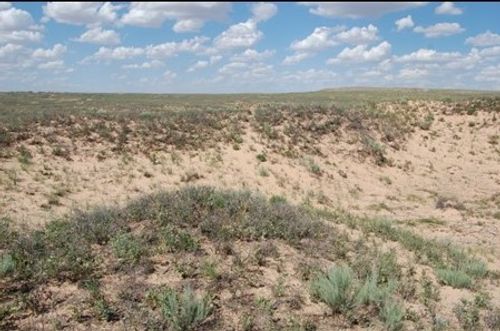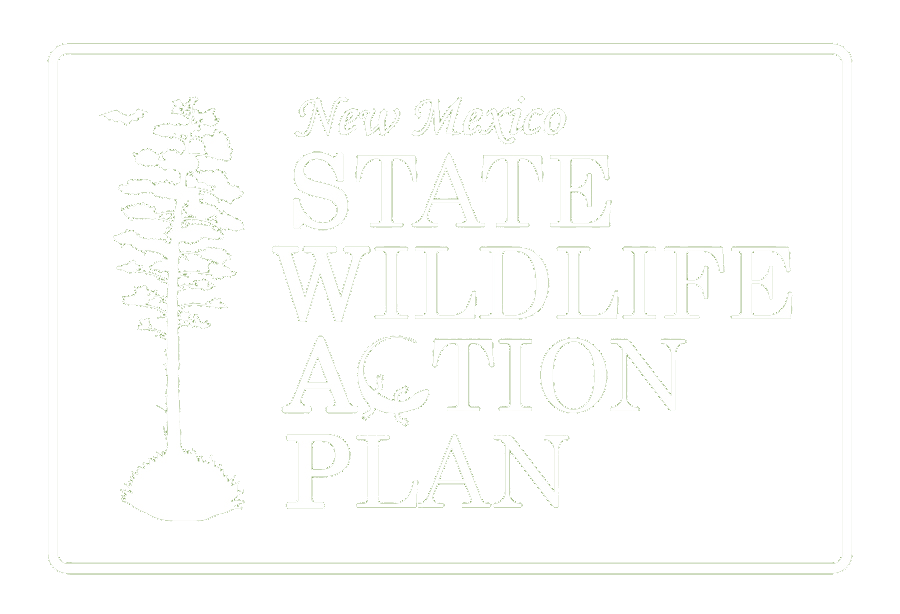
SWAP Habitat
Introduced Perennial grassland
NVC Name
Western North American Ruderal Semi-Desert Scrub & Grassland (M499) and Great Plains Ruderal Grassland & Shrubland (M498)
SWAP General Vegetation Type
INTRODUCED & SEMI-NATURAL VEGETATION
Perennial grasslands are exotic-dominated grasslands found in prairies and warm, semi-arid
deserts. They are dominated by exotic grasses, forbs, or deciduous shrubs that become
abundant after significant disturbances such as developing improved pastures, temporary tilling,
long-term, unsustainable grazing, and/or a disruption of the natural regime of regular fires.
Vegetation may be a monoculture of a single non-native graminoid species, or a mix of several
non-native forbs and graminoids. Common species in the north include crested wheatgrass,
smooth brome (Bromus inermis), cheatgrass, quackgrass (Elymus repens) (on more moist
sites), timothy (Phleum pratense), and Kentucky bluegrass. In the south, common species
include yellow bluestem (Bothriochloa ischaemum var. songarica), buffalograss (Buchloe
dactyloides) (a native favored by heavy grazing), weeping lovegrass (Eragrostis curvula),
Lehmann lovegrass (E. lehmanniana), bufflegrass (Pennisetum ciliare), crimson fountaingrass
(P. setaceum), and Johnsongrass (Sorghum halepense) (mesic sites). Common forbs include
nodding plumeless thistle (Carduus nutans), knapweeds (Centaurea spp.), Canada thistle
(Cirsium arvense), and field bindweed (Convolvulus arvensis). Dense stands of native ruderal
species resulting from anthropogenic disturbance such as carelessweed (Amaranthus palmeri)
or silverleaf nightshade (Solanum elaeagnifolium) and non-native shrubs such as Rooseveltweed (Baccharis neglecta), downy hawthorn (Crataegus mollis), green hawthorn (C.viridis), and prairie sumac (Rhus lanceolata). This habitat may be on mesic to dry sites on a variety of soils where disturbances have altered them sufficiently (e.g., compaction and erosion)
to allow the establishment of the exotic species. Size of stands may vary from large areas (>100
ha (250 ac)) to narrow strips adjacent to roadsides or under powerlines and in other disturbed
areas. Stands of weeping lovegrass or Lehmann lovegrass, resulting from artificial seeding as
part of grassland restoration projects, may be exceptionally large.
Species that live in Introduced Perennial grassland
Threats and Conservation Actions
More information from
US National Vegetation Classification
